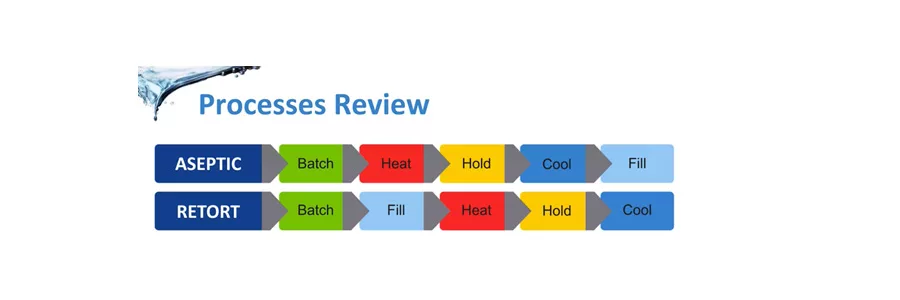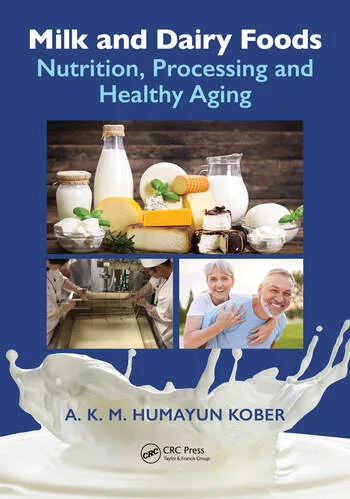Sponsored Content
Aseptic vs. Retort Beverage Processing

You always want your product to taste like the original concept developed by R&D, right? Without that consistency, you wouldn’t have repeat customers. That’s where beverage processing comes into play. The goal of beverage processing is to preserve the quality and safety of the beverage for the consumer by destroying target microorganisms. That said, there are different ways to fill a beverage product into its respective packaging. Aseptic and retort are two of the main processes.
Aseptic Processing
Aseptic Processing employs a sterilization step with product specific temperatures around 190ºF/88ºC to achieve minimum hold tube lethality. The fill temperature is near ambient. In this process, the package is sterile, the environment is sterile, and the product is sterile. The methods to sterilize could involve H2O, steam, PAA, UV lights or E-beam. These sterilize the package prior to filling as well.
As you might expect, an aseptic line is pretty compact. Products tend to be juice boxes or dairy with pH levels between 2.8 and 4.6, and they are products with no preservatives. The processing temperatures are between 195°F / 90.5ºC and 295°F / 146ºC. Products can be produced in either a continuous flow or batch. You can have a full batch that is a finished product, or make a syrup that is then proportioned. Something to note about aseptic processing is that liquid nitrogen pressurized cans cannot be aseptically packed unless a post-packaging process is used guaranteeing commercial sterility. This can be done through simple irradiation.
Retort Processing
Retort process on the other hand, is used for products with pH levels between 4.0 and 7.0 with no preservatives. It is is used for products that have a high risk for pathogens; especially, those vegetative cells and spores of pathogenic and spoilage microorganisms that would grow in the product under normal storage conditions. The product is processed in the package whether it be a can, flexible pouch, or glass container. You can visualize the retort process as a great big pressure cooker. The cooking method involves water, steam and pressure of around 15 psi.
The processing time depends on the slowest heating part of the beverage, known as the cold spot of the product. Product specific temperatures are employed, typically around 245°F / 118°C - 255°F / 124°C, to achieve lethality requirements for products. The package is filled with the product, and then placed on a tray or in a bin and slid into the machine. Retort is a low speed batch process.
The process you choose will depend on your specific product. This chart, courtesy of the Beverage Institute by ISBT™, compares these side by side.
For more information on beverage processing, check out the Fundamentals of Beverage Technology online course.
Looking for a reprint of this article?
From high-res PDFs to custom plaques, order your copy today!







